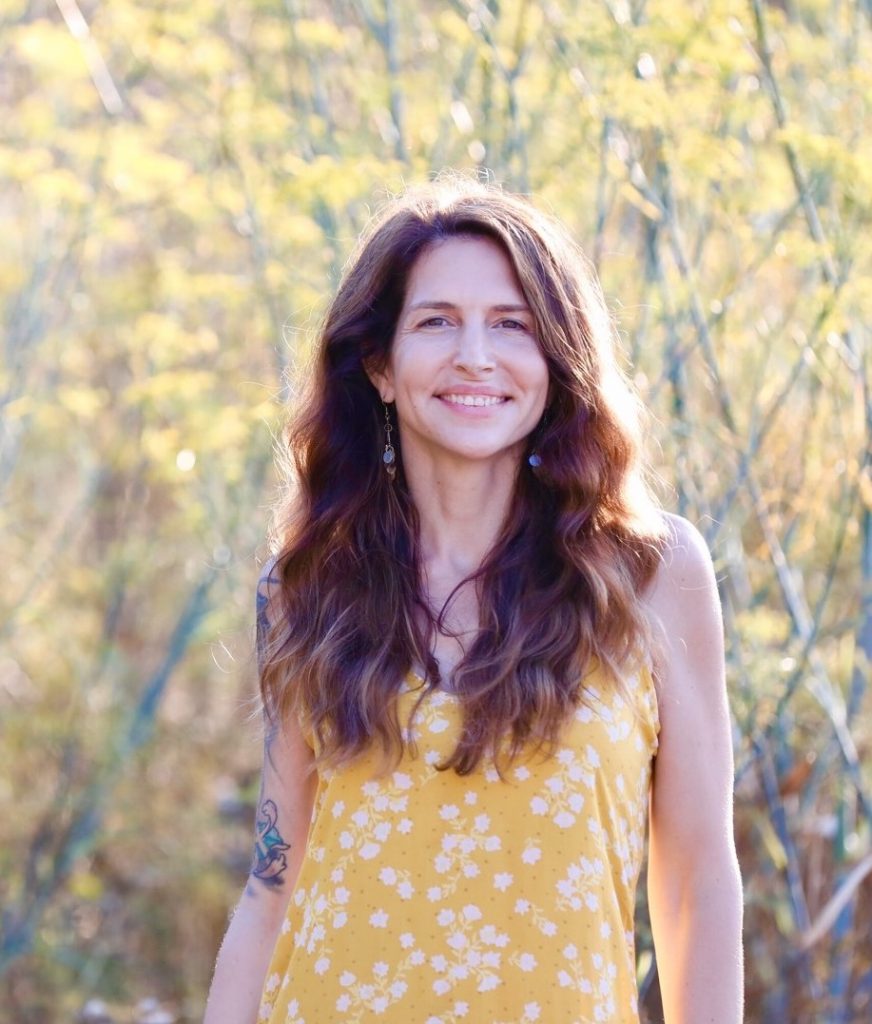More than 15 years after its founding, Google remains a company that inspires profound admiration — and at times, a bit of confusion.
The company is currently investing in self-driving cars, a futuristic idea that some people believe will never be achieved. It’s also rolling out Google Glass, a wearable computing device that’s inspired skepticism and some mockery.
The derision is misplaced. As someone who’s been involved in marketing breakthrough innovations, I’m convinced Google’s approach is the right one. Google is focused on possibility rather than profitability — a mindset that’s necessary to create innovations that transform categories. Many breakthrough innovations I’ve led have suffered when I’ve let the profitability mindset creep in. Google should be admired for first setting out to answer the question: “Is this possible?”
Successful innovations programs create a balance between the probable/profitable short-term programs and the possibility programs that challenge the status quo. Unfortunately, most companies are organized and focused on the probable/profitable short term, and therefore miss the potential of breakthrough innovation that comes from being focused on the possible. This is frequently how well-established category leaders miss opportunities that transform their categories.
Programs that transform take patience. Speed to market, probability of quick return, and profitability mindset have to take a backseat to truly delivering a product that delights the consumer in every aspect. My perspective on this comes from my own experience.
At Keurig, the pod-based coffee company where I worked as president for six years, sales grew at a 61% compound annual rate, propelling Keurig Green Mountain from $500 million to $4.5 billion in net sales from 2008-2013. Keurig machines sit on the counter in more than 18 million households. Most people think that Keurig just recently appeared. But in fact, Keurig was founded more than 15 years ago. The first machines were sold in 2000.
Today, The brewers cost $100 or $150, still a significant premium to the standard drip coffee maker. But what many people forget is that in its early years, Keurig brewers cost $900 apiece. Early K-cups were made by hand. Keurig opted to start out in the office coffee market, not the consumer market. That made the $900 price point competitive and acceptable. The whole approach to the office became a way to commercialize the design quicker and to gain consumer experience as the company drove the brewer down the cost curve. The wider diversity of coffee drinkers in an office (vs. a single consumer household) planted the seeds of the importance of having an eco-system of brands beyond our own. This led to the variety and partnering strategy that has been at the core of Keurig’s success. Today, Starbucks, Dunkin Donuts, Folgers, Caribou, Peets, and Snapple, to name just a few, participate as partners in the system. It’s the only brand of single serve that offers a wide variety of brands of coffee and roasts, along with other beverages.
If the company’s founders and early leaders had focused on profitability instead of possibility, I’m not sure the system would have been as successful. And they certainly wouldn’t have invited the competition to share in the system to maximize the variety. Variety accelerated the growth. It was the vision of transforming the way consumers make coffee that took them on the decade long journey to success, growth and profitability.
Possibility sharply focuses the scope of the breakthrough innovation. If the only question is “Is it possible to make it?”, then that question defines who you bring onto the team both from a capability standpoint (can this person help us figure it out?) and from a character standpoint. (Specifically: Does this person bring an optimistic or pessimistic perspective?) People who make great leaders of breakthrough innovation programs always ask the “What if” question. It frees you to look for talent and resources beyond your company — who are the partners who will share your vision, who bring incremental talent and cross-category perspectives to make this work?
One of the key ingredients to the possibility mindset is the addition of truly understanding what the consumer wants. The question isn’t just “Is it possible to make it?” but “Is it possible to make exactly what your specific target consumer wants?” In contrast, the profitability mindset shuts down ideas and shortcuts the process. It stifles creativity and likely limits the team to only those ideas, capabilities, business models, and resources already inside the company.
Once the original ‘is it possible’ question has been solved for, the trick is to apply the same optimistic, focused thinking to the commercialization process. Now that we know it is possible to make, is it possible to make smaller, faster, better, and more cost effectively?
The opportunity is to create a win-win: Create something that is right for the consumer and by doing this, transform a category and create a long term sustainable growth opportunity for the company.
Google is looking at “possibility’ with Glass and self-driving cars. Both may seem like strange or silly innovations today, but over time they could turn into true breakthroughs and gain wide acceptance.

